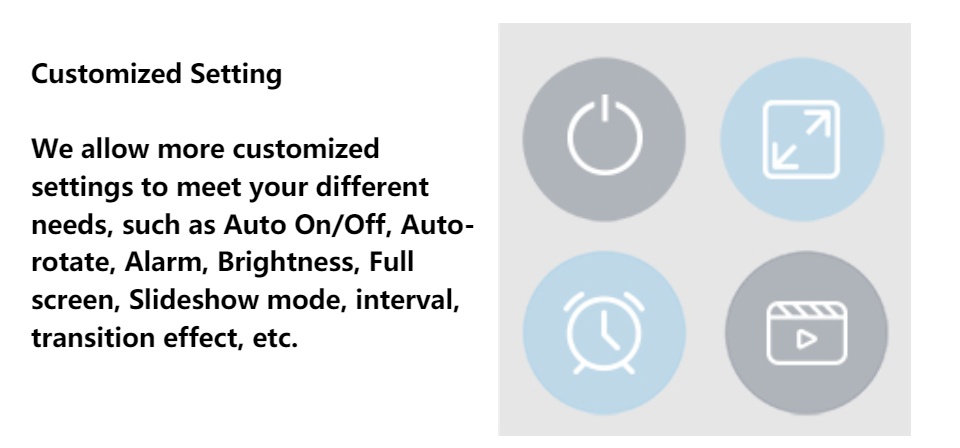

Try it and instantly the photo is rotated and its tiny icon is rotated too.īuuuuutttt… let’s say you’d rather see things bigger to ensure you do things right. So let’s see the two different options…įirst off, a right click on a photo file produces this menu in Microsoft Windows 10:Īs you can see ,”rotate right” and “rotate left” are easy enough to access. Then again, your icon preview might be too small for you to see what orientation it is, as I have found sometimes.


And here’s the thing about Windows 10: There’s a rotation option for photos right on the contextual menu a right-click produces on the image file! Really, you don’t even have to launch an app of any sort, though, of course, you can. (“Lossless” compression is less efficient, but by identifying redundant patterns in a hunk of data, it allows an exact reproduction of the original data from the compressed file.A lot of social networking sites have photo editing tools you can access once you’ve uploaded a photograph or picture, but most of the time it’s easier to fix the image while it’s still on the computer. “Lossy” file formats like JPEG use approximations via mathematical formats to describe regions of an image some camera makers’ raw formats are lossy as well. If the camera were to produce with data stored in the same orientation as you took the picture, except for the single orientation that matches how data comes out of the sensor array, it would need to create a second image file into which to map each pixel from one orientation to the other, then delete that original file.Įarlier cameras lacked the computational power to handle this rotation, which was also RAM intensive: The image would need to be rotated before the sensor data was converted to a file format that compressed image data, like JPEG. (Raw is often capitalized as RAW, but it’s not an initialism.) Others can only output in JPEG or another format, or you can opt to get JPEG and raw or JPEG instead of raw. Some cameras can store this as a raw file, unique to each camera brand, that’s the mostly prefiltered data captured by a sensor. But an image sensor always captures the data without regard to orientation: it’s just grabbing photons and recording the measurements relative to the physical array in which it’s located.


 0 kommentar(er)
0 kommentar(er)
